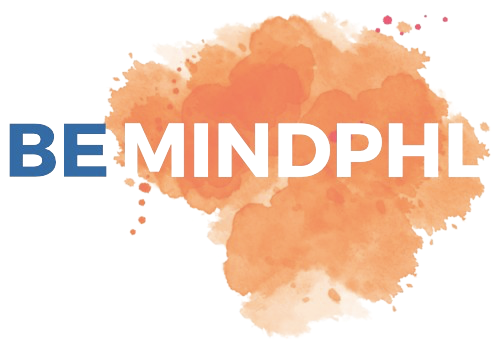
an incredible opportunity
For those looking to learn about and practice mindfulness and meditation, we live in a time of unparalleled abundance.
Teachings and descriptions of practices that were formerly unreachable — literally held, practiced, and studied only in the remotest areas of the world — are now readily available for those who know where and how to look.
On one hand, this is an incredible achievement and opportunity — something akin to the near-total democratization of the spiritual journey — at least from an information standpoint.
On the other hand, the sheer number of books, styles of practice, and amount of information can be completely overwhelming.
finding “your” book on mindfulness & meditation
So where should you begin? What books hold actual value? And which ones are just sidetracks?
I humbly offer the following criteria for finding “your” mindfulness/meditation book:
A) What’s your story?
When we see our experience reflected in the lives of others, it offers us hope, inspiration, and motivation.
Perhaps you are a social worker. A nurse. A parent. A student. A caregiver. An entrepreneur. An athlete. An artist. Perhaps you currently are working with depression or anxiety. Or are BIPOC or LGBTQIA.
People from so many walks of life have not only learned to practice mindfulness and meditation, they have had the kindness and compassion to write their account of their journey, as well. Knowing, even a little bit, how you define yourself and where you are in life can serve as an entry point for finding books and teachers that you will relate with.
B) “Your” book is the one that inspires you to practice. The best book is the one that gets you to put it down and begin practicing. This does not mean that we are ignoring the book by setting it aside, but rather that its message is so compelling that we feel we want to practice. We feel ready and willing to begin the journey. There is no greater “sign” of the value of a book than this: that it sparks you to move from “theory” or “interest” into actual practice.
C) Theory. Practice. Progress. Pitfalls. Having studied mindfulness and meditation for nearly a decade, the books that now have the most profound impact on my practice and life are the ones that combine theory, practice, progress, and pitfalls.
Theory The author lays out their experience or relationship with the practice, their intention in teaching, and what they want you to gain. They can then detail the foundation or basis for their instruction. Sometimes the author’s theory is grounded in neuroscience and psychology. Other times it is grounded in the authority of a meditation lineage they have studied and practiced. Either way, it’s important to get the sense early on that they didn’t string the book together from a bunch of Google searches.
Practice There is a tremendous irony in all the books on mindfulness and meditation — the written word can not fully convey the impact and experience of a mindfulness or meditation practice. It’s just the same way that no words can, in fact, capture the full magnitude or beauty of a sunset. Or even a single flower! When we just “read” guided meditations, we get none of the benefit — except perhaps we see a bit of the road map of the journey we will be taking. For this reason, I strongly advise you to find books that come with available guided practices. The power of the practice comes in being led by someone with true, lived experience. By choosing a book with recorded audio practices, you open yourself to the actual lived benefit of the practice.
Progress Change happens more slowly than we wish, and those closest to us are often the last to recognize it. It can be frustrating to feel after we practice, there is a sense that the practice “wears off.” Or to get the feeling that, on the whole nothing is happening. Whichever book you choose, the author should describe what the intended benefits of the practice are, and how to pick up on both the subtle and the large changes you might experience as you practice. If we don’t notice progress, we won’t be motivated to continue. Knowing what to look for can make a big difference!
Pitfalls The best teachers/authors are not those who sell the most books, but those who care the most about the overall well-being of their students. Mindfulness and meditation are potent practices. While they are widely available now, there are reasons, beyond distance, that some practices were not widely shared. It is because there are consequences to “mishandling” these practices if they are not approached with the correct attitude and intention. As readily as the author acknowledges the benefits of the practice, they should be alerting you to potential pitfalls, and offering how to correct those experiences. They should also be identifying when you need to seek professional, in-person guidance and support.

